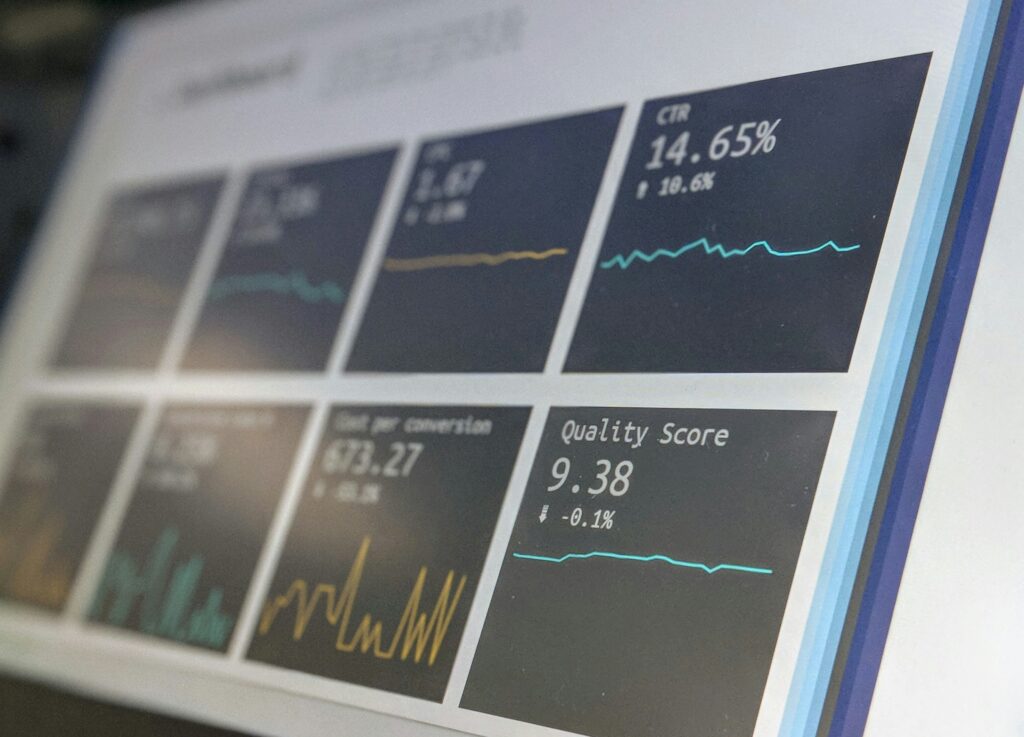In today’s fast-moving markets, business planning demands a delicate balancing act. On one hand, you need the consistency and efficiency that robust processes provide. On the other, you need the adaptability to pivot at a moment’s notice. The modern solution to efficiency is, of course, automation.
But here’s the catch: automation, while brilliant at increasing efficiency, can quietly introduce a dangerous level of rigidity into your operations.
This leads to a critical question that every leader should be asking: Have you ever wondered if too much automation is making your team less agile?
The goal of automation is clear: save time, reduce errors, and provide a reliable structure for repeatable tasks. It promises to free up your team for more strategic work. However, if flexibility isn’t built into these automated systems from the very beginning, they can lock you into yesterday’s assumptions. You end up with a highly efficient process for a market that no longer exists. In today’s dynamic environments, that’s a serious risk to your profitability and competitive edge.
But the smartest business leaders know this isn’t a case of ‘either/or’. It’s not a choice between a fully automated, rigid system and a chaotic, manual free-for-all. The true path to sustainable growth lies in striking the right balance between efficiency and adaptability.
So, how is it done? It means designing your automation with agility in mind. That means:
- Automating truly repeatable processes: Focus on the non-negotiable, routine tasks that consume time but require little strategic input. This is the low-hanging fruit.
- Designing for exception handling: Your system must be smart enough to know when to stop and flag an issue for human intervention. The world is full of exceptions, and your processes must account for them.
- Providing room for a planner’s gut-feel: No algorithm can fully replace the value of human experience and intuition. Your automated systems should provide data-driven recommendations, but your experts must have the power to override or adjust course based on their insights.
- Enabling real-time scenario planning on the fly: The ultimate test of agility. Your planning tools should allow you to model different scenarios instantly. What if sales drop by 15%? What if a supplier is delayed by three weeks? Agile automation gives you these answers in minutes, not days.
So, the answer is a definitive Yes. You can have both automation and agility. In fact, automation done right doesn’t just coexist with agility—it enhances your team’s ability to pivot faster and with more confidence than ever before.
This brings the real question into focus: What about your planning process? Is it built for both consistency and change?
If not, let’s talk about what real agility looks like in an automated world. If you want to ensure your planning process automation project genuinely increases your agility and boosts your bottom line, then get in touch.
Meanwhile, remember…
Processes that frustrate are opportunities to innovate and automate. 🙂
#BusinessPlanning #Agility #Automation #Leadership #PlanningTransformation #DigitalTransformation #FPandA #CFO #DataDriven


